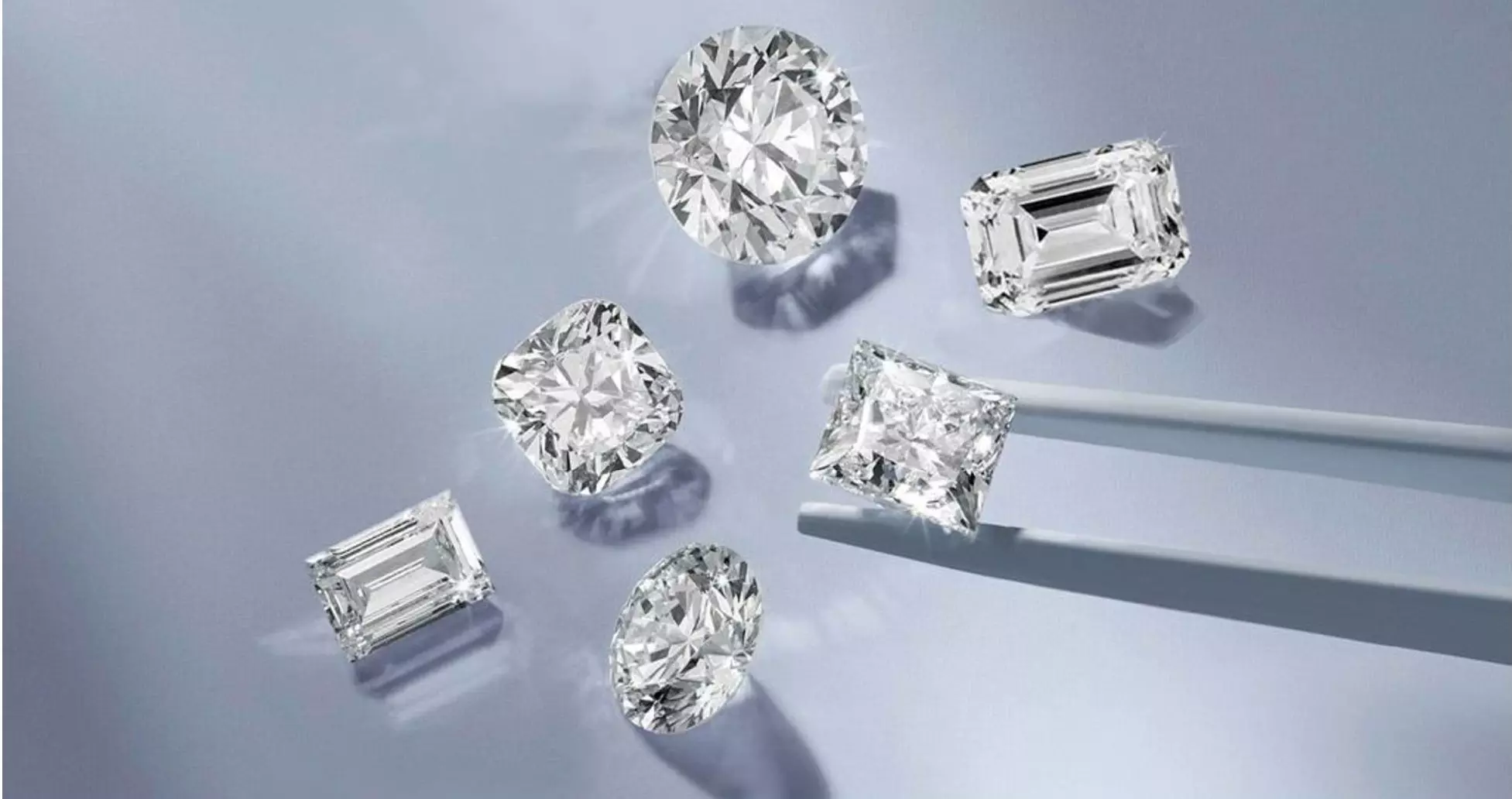The rise of man-made diamonds has changed the diamond industry in recent years. With the advancement of technology, two primary methods have emerged for creating these diamonds: CVD (Chemical Vapor Deposition) and HPHT (High Pressure High Temperature). Both methods produce high-quality diamonds, but they differ in their processes, advantages, and costs. In this article, we will explore the differences between cvd vs hpht diamonds, as well as the overall impact of man-made diamonds on the market.
What Are Man-Made Diamonds?
Man-made diamonds, also known as synthetic or lab-grown diamonds, are diamonds that are created in a laboratory setting. Unlike natural diamonds, which form over millions of years deep within the Earth, man-made diamonds are produced using advanced technology that mimics the natural diamond formation process. This innovation has revolutionized the diamond industry, offering consumers an affordable and sustainable alternative to traditional mined diamonds.
CVD vs HPHT: The Two Primary Methods
CVD and HPHT are the two primary methods used to create man-made diamonds. While both produce diamonds with similar properties, they use different techniques to achieve this. Understanding these differences can help consumers make informed decisions when purchasing diamonds.
Chemical Vapor Deposition (CVD)
CVD is a process that involves using carbon-rich gases, such as methane, and applying them to a substrate, where they break down and deposit carbon atoms to form a diamond structure. This method is known for its ability to create high-quality diamonds with fewer impurities. CVD diamonds are often grown on a small seed crystal, which acts as the foundation for the diamond’s growth. The process takes place in a vacuum chamber, where the temperature and pressure are carefully controlled to promote diamond formation.
One of the main advantages of CVD diamonds is their ability to produce large, high-quality diamonds. CVD diamonds can be grown with fewer defects, making them visually appealing and durable. Additionally, the CVD method is more environmentally friendly compared to traditional mining methods, as it requires less energy and reduces the environmental impact associated with diamond extraction.
High Pressure High Temperature (HPHT)
HPHT, on the other hand, mimics the natural conditions under which diamonds form deep within the Earth. This method involves applying extreme pressure and temperature to a carbon source, typically graphite, to create a diamond. In this process, a small diamond seed is placed in a chamber along with carbon, and the conditions inside the chamber are adjusted to replicate the intense pressure and heat of the Earth’s mantle.
The HPHT method is known for its ability to produce diamonds with similar properties to natural diamonds, including their color and clarity. However, HPHT diamonds are often characterized by a higher degree of inclusions or imperfections compared to CVD diamonds. Despite this, HPHT diamonds are still highly valued for their strength and durability, and many consumers prefer them for certain types of jewelry.
CVD vs HPHT: Key Differences
While both CVD and HPHT methods produce man made diamonds, there are some key differences between the two. The main difference lies in the way the diamonds are created. CVD diamonds are formed through a vaporization process, while HPHT diamonds are created by mimicking the extreme conditions found deep within the Earth.
CVD diamonds are typically more affordable than HPHT diamonds, as the production process requires less energy and resources. Additionally, CVD diamonds tend to have fewer inclusions, making them visually cleaner and more desirable to many consumers. HPHT diamonds, on the other hand, can be more expensive due to the energy-intensive process involved in creating them.
Another important difference is the appearance of the diamonds. CVD diamonds are often colorless or near-colorless, while HPHT diamonds can have a slightly yellowish tint due to the presence of nitrogen in the carbon source. Both types of diamonds, however, can be cut and polished to achieve a stunning finished product.
The Advantages of Man-Made Diamonds
Man-made diamonds, whether created using the CVD or HPHT method, offer several advantages over traditional mined diamonds. One of the biggest benefits is their affordability. Man-made diamonds are typically less expensive than natural diamonds, making them an attractive option for consumers who want a high-quality diamond without the high price tag.
Another advantage is the sustainability of man-made diamonds. Traditional diamond mining can have significant environmental and ethical impacts, including habitat destruction, water pollution, and human rights violations. In contrast, man-made diamonds are created in a controlled environment, reducing the environmental footprint and ensuring that the diamonds are ethically sourced.
Furthermore, man-made diamonds offer consumers greater control over the size, shape, and quality of their diamonds. Whether you prefer a round brilliant cut or a princess cut, lab-grown diamonds can be customized to suit your preferences. Additionally, because they are created using precise methods, lab-grown diamonds are often of superior quality compared to mined diamonds.
Conclusion
In conclusion, both CVD and HPHT methods offer distinct benefits for those looking for man-made diamonds. The CVD process is known for producing diamonds with fewer inclusions, making them more visually appealing, while the HPHT method mimics the natural diamond formation process and offers a unique alternative for consumers. Ultimately, the choice between CVD and HPHT will depend on individual preferences, budget, and the desired characteristics of the diamond. Regardless of the method used, man-made diamonds provide an affordable, ethical, and sustainable option for those seeking a beautiful and high-quality diamond.


